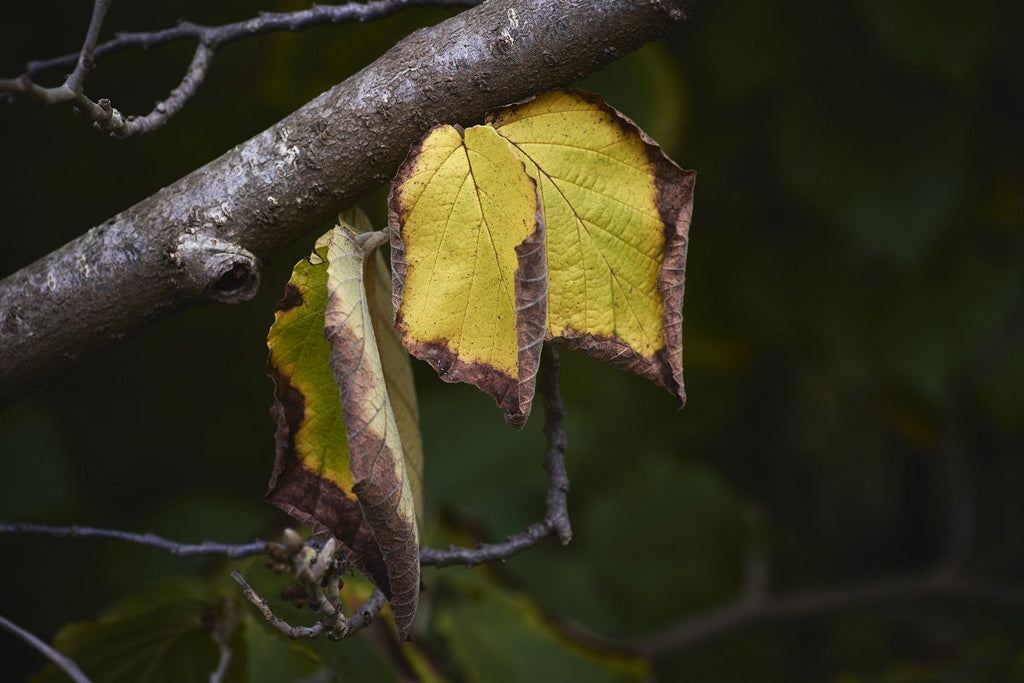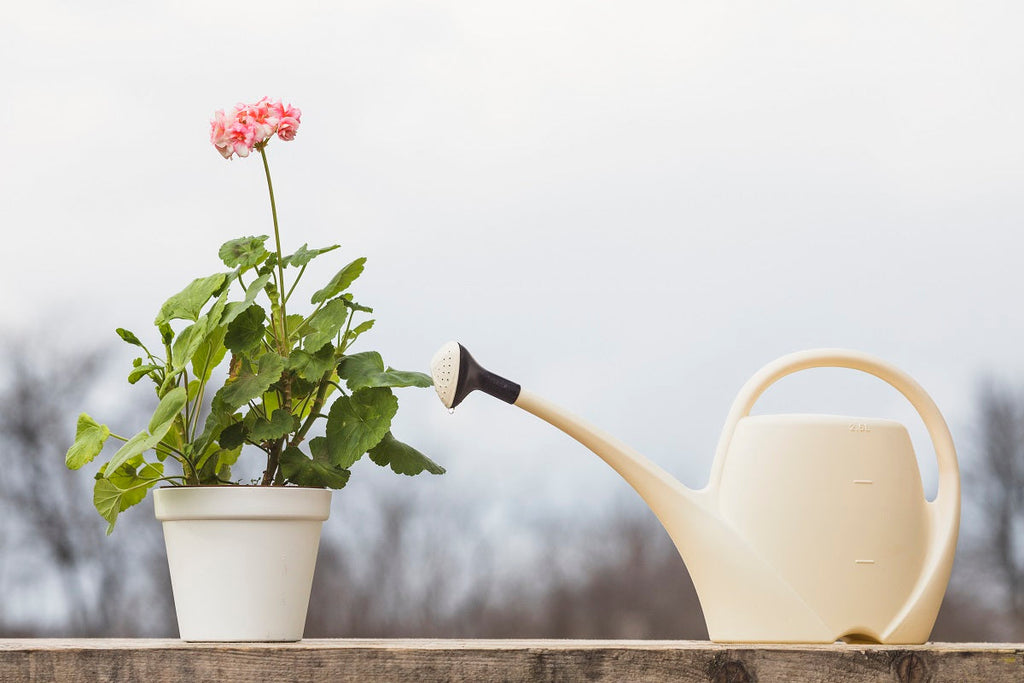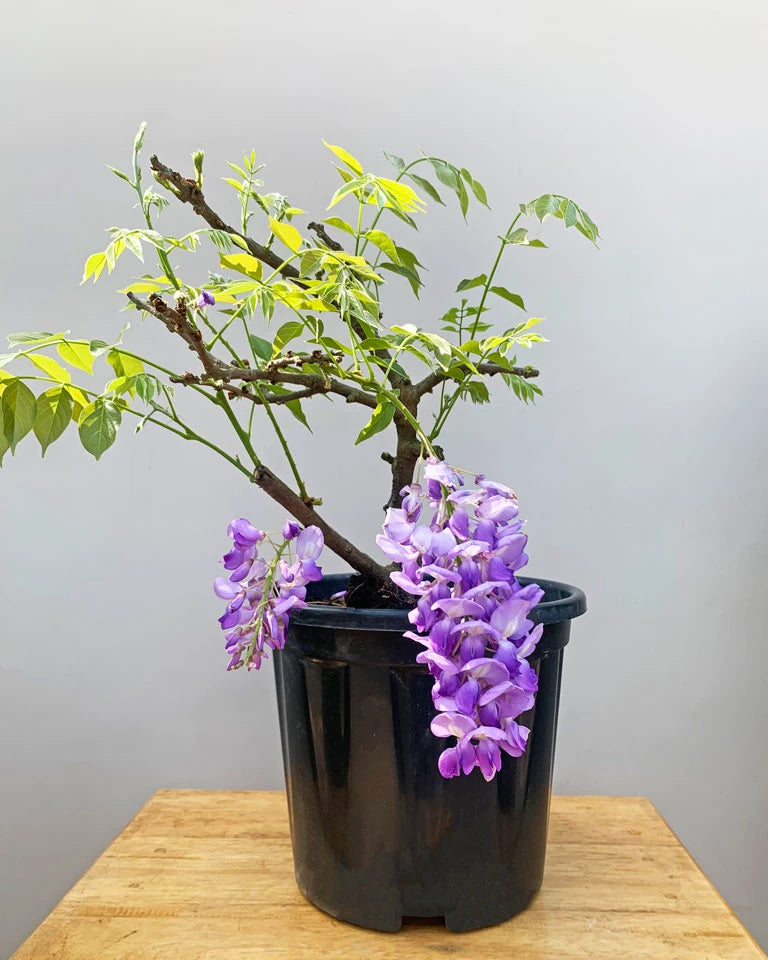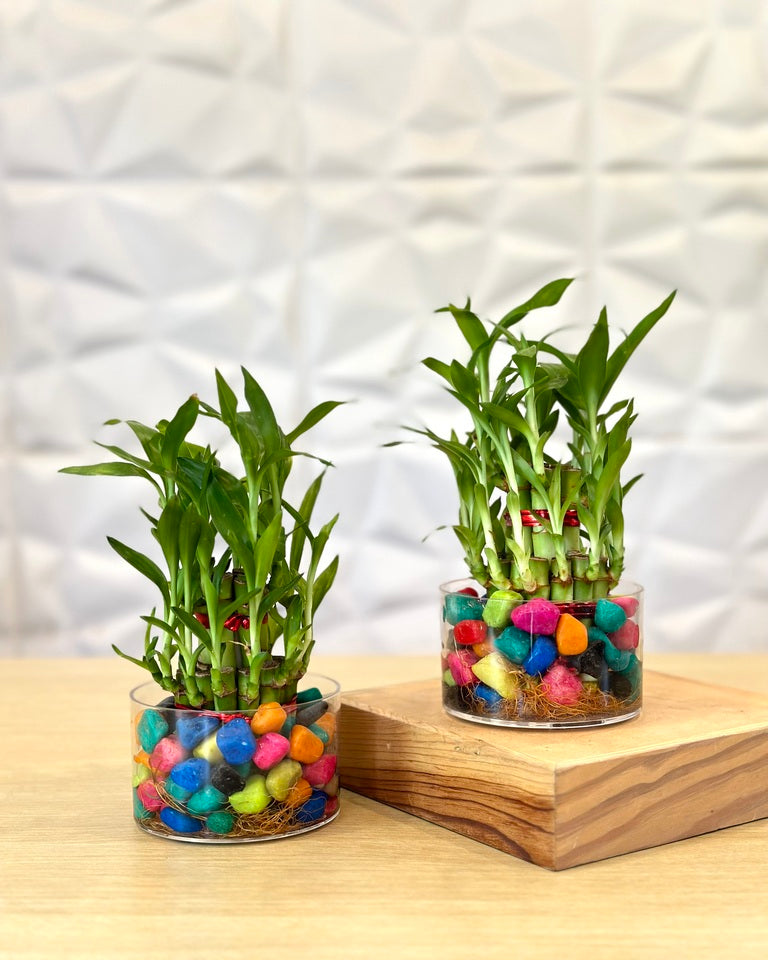
How to Care for Houseplants During the Winter

Winter can be a challenging season for houseplants. As temperatures drop and daylight hours shrink, indoor plants may require more attention to stay healthy. With a few simple tips and tricks, you can ensure your plants not only survive but thrive during the colder months. Read on for essential winter plant care tips and learn how to keep your indoor plants lush and vibrant through the winter season.

Watering Your Plants Correctly in Winter
During the winter months, your plants' growth slows significantly, meaning they don't need as much water. Overwatering is a common mistake in winter plant care and can lead to root rot. Always check the soil before watering, especially during the colder months. If the top inch of soil is dry, it’s time to water, but make sure the water doesn’t pool in the pot.
Tip: Water with lukewarm water, which is easier on your plant's roots. Overly cold or hot water can shock your indoor plants.

Maximising Light Exposure in the Winter
Winter sunlight can be scarce, so it's essential to position your indoor plants in the brightest spot possible. Ideally, place them near south- or east-facing windows, where they’ll get the most natural light. To help your indoor plants make the most of available light, clean your windows regularly, ensuring there's no dust blocking the sunlight.
In some cases, more than natural light might be needed, and you may need to supplement with grow lights. These artificial lights mimic sunlight and help indoor plants continue photosynthesizing during the dark months.
Tip: Rotate your plants weekly to ensure that all sides receive adequate sunlight, preventing them from leaning toward the light source.

Protecting Your Plants from Temperature Extremes
During the winter months, temperature fluctuations can be particularly stressful for your indoor plants, potentially affecting their growth and overall health. Sudden drops in temperature near drafty windows or doors, as well as excessive heat from radiators or heating vents, can lead to leaf discoloration, wilting, or even plant death. To keep your plants thriving, position them in areas where they are protected from cold drafts and direct exposure to heat sources. Maintaining a stable temperature between 60°F and 75°F is ideal for most houseplants, as this range mimics their natural environment. Additionally, consider using a thermometer to monitor the room's temperature and make adjustments as needed to provide a consistent and comfortable climate for your plants. This attention to their environment will ensure they remain healthy and resilient throughout the winter.
Tip: Keep your indoor plants away from direct contact with windows and sources of heat. Try using window insulators if necessary.

Cleaning and Dusting Your Plants Regularly
Winter often brings dust and debris into your home, and this can settle on your indoor plants’ leaves. Dust buildup can block sunlight and hinder photosynthesis, so it’s important to clean your plants regularly. Use a damp cloth or sponge to gently wipe down the leaves of your plants, removing dust and keeping them healthy.

Adjusting Fertilization During Winter
Since most houseplants slow down in the winter, they don’t require as much fertilization. Over-fertilizing can harm your indoor plants during this time. If you continue to fertilize, make sure to dilute the fertilizer to half-strength and only use it every 6-8 weeks.
Reminder: Once spring arrives and your indoor plants resume their active growth, you can increase the frequency of fertilizing to support new growth.

Watch Out for Pests
Winter often creates a cosy environment for pests like aphids, spider mites, and mealybugs to invade your home, especially if you’re keeping your plants in warmer, drier areas. These pests can thrive in the reduced humidity indoors, making it essential to monitor your plants regularly. Keep an eye out for signs of an infestation, such as discolored, curled, or deformed leaves, as well as a sticky residue on the foliage, which might indicate pest activity. If you spot any pests, act promptly to prevent further damage by treating your plants with insecticidal soap or neem oil. You can also gently wipe the leaves with a damp cloth to physically remove the pests. Regular care and vigilance will help ensure your plants remain healthy and pest-free throughout the winter season.
Tip: Use a cotton swab dipped in soapy water or neem oil to gently remove pests like aphids and spider mites from your plants. Neem oil also acts as a natural insecticide, preventing their return. Focus on affected areas, especially the undersides of leaves, for best results.

When to Repot Your Plants
Although winter isn’t the ideal time to repot most plants, there are exceptions. If your plant is growing rapidly or has become root-bound, it may need a larger pot. However, it’s generally best to wait until the spring to repot most plants. If your plant is struggling, you can refresh the soil and prune the roots, but avoid repotting until the growing season begins.
Tip: Consider buying new indoor plants to refresh your collection, or find plants that are well-suited for winter care.
Conclusion
Winter plant care is all about providing the right balance of light, water, humidity, and temperature to help your plants survive and even thrive. By following these simple tips, you’ll ensure that your indoor garden remains healthy and vibrant through the colder months. Remember, if you’re looking to buy healthy indoor plants, they offer a variety of plants that are well-suited to indoor care throughout the year.
FAQs About Winter Plant Care
Q1: How often should I water my plants in winter?
In winter, most plants need less water. Always check the top inch of the soil for dryness before watering. If it’s dry, water your indoor plants, but don’t let them sit in excess water. Overwatering in winter can lead to root rot.
Q2: Can I use regular house lights for my plants in winter?
Regular house lights are not ideal for plant growth. If you don't get enough natural light, consider using grow lights to help your indoor plants thrive through the winter months. Grow lights will provide the necessary light intensity that your plants need.
Q3: How can I maintain humidity for my plants in winter?
In winter, humidity levels drop, so it's essential to raise the humidity around your indoor plants. Use a humidifier, mist your plants lightly, or place a water tray beneath them to increase moisture levels. Grouping plants can also help create a more humid environment.
Q4: Can I repot my plants during winter?
While it’s not ideal to repot plants in winter due to their dormancy, if a plant is root-bound, you can refresh the soil or prune the roots slightly. Full repotting is best done in the spring when plants are more active.
Q5: Where can I buy indoor plants online for winter care?
If you're looking to buy indoor plants online, Unlimited Greens offers a variety of plants that are easy to care for, even during the winter months. Their indoor plants are healthy and ideal for indoor spaces, ensuring they thrive in cooler weather.
With these winter plant care tips, your indoor plants can continue to flourish even through the coldest months. And if you're looking to buy indoor plants, make sure to explore the collection from Unlimited Greens for healthy plants that are perfect for your home.













